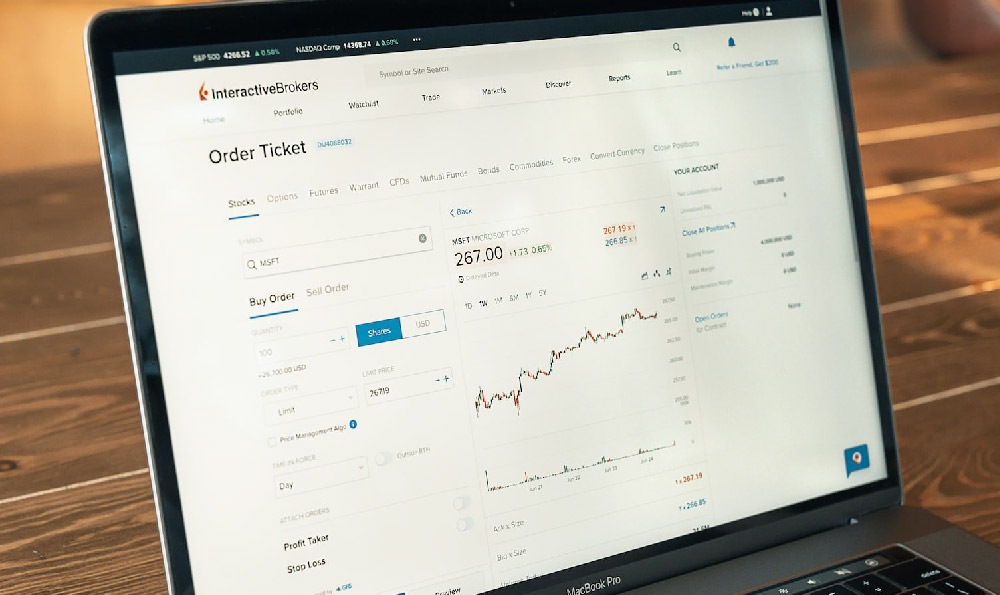Investing in Fidelity index funds can be a sensible approach for building a diversified portfolio and achieving long-term financial goals. Fidelity offers a wide array of index funds that track various market benchmarks, providing investors with exposure to different asset classes, sectors, and geographies. However, like any investment decision, it's crucial to understand the nuances of these funds, assess your risk tolerance, and develop a well-thought-out investment strategy before diving in.
Whether investing in Fidelity index funds is a "good idea" largely depends on your individual financial circumstances, investment goals, and risk appetite. Index funds are designed to mirror the performance of a specific market index, such as the S&P 500 or the Nasdaq 100. This means that your returns will closely track the returns of the underlying index, providing a relatively predictable and diversified investment experience.
One of the primary advantages of investing in index funds is their low cost. Compared to actively managed funds, which employ fund managers to actively select investments with the goal of outperforming the market, index funds typically have significantly lower expense ratios. This is because they simply replicate the composition of the index, requiring less active management and research. Over time, these lower expenses can have a substantial positive impact on your overall returns, especially in the long run.

Another benefit of Fidelity index funds is their diversification. By investing in a single fund that tracks a broad market index, you gain exposure to a wide range of companies or assets. This diversification can help reduce the overall risk of your portfolio, as the performance of any single investment will have a smaller impact on your overall returns. For example, an S&P 500 index fund would provide exposure to the 500 largest publicly traded companies in the United States, mitigating the risk of relying on a handful of individual stocks.
However, it's important to acknowledge that index funds are not without their limitations. Because they are designed to track an index, they will never outperform the index itself (before accounting for expenses). In periods where actively managed funds are able to generate returns above the index, index funds will lag behind. Additionally, index funds may not be suitable for investors who are seeking very specific investment outcomes or who have a strong desire to "beat the market."
So, how do you get started investing in Fidelity index funds? The first step is to open a brokerage account with Fidelity. This can be done online or through a Fidelity representative. You'll need to provide some personal information, such as your social security number and bank account details, and you'll also need to select the type of account you want to open (e.g., individual brokerage account, Roth IRA, traditional IRA).
Once you have opened your account, you'll need to determine your investment goals and risk tolerance. What are you hoping to achieve with your investments? Are you saving for retirement, a down payment on a house, or some other goal? How much risk are you willing to take with your investments? Answering these questions will help you determine the appropriate asset allocation for your portfolio.
Asset allocation refers to the mix of different asset classes in your portfolio, such as stocks, bonds, and cash. Generally speaking, younger investors with a longer time horizon can afford to take on more risk and may want to allocate a larger portion of their portfolio to stocks. Older investors who are closer to retirement may want to allocate a larger portion of their portfolio to bonds, which are generally considered to be less risky than stocks.
After you have determined your asset allocation, you can begin selecting the specific Fidelity index funds that you want to invest in. Fidelity offers a wide range of index funds that track different market benchmarks, so you'll need to carefully consider which funds are most appropriate for your portfolio. For example, if you want to invest in U.S. stocks, you might consider investing in an S&P 500 index fund or a total stock market index fund. If you want to invest in international stocks, you might consider investing in a developed market index fund or an emerging market index fund. If you want to invest in bonds, you might consider investing in a total bond market index fund or a short-term bond index fund.
When selecting index funds, be sure to pay attention to the expense ratio. The expense ratio is the annual fee charged by the fund to cover its operating expenses. The lower the expense ratio, the more of your investment returns you will keep. Fidelity offers a number of index funds with very low expense ratios, making them an attractive option for cost-conscious investors.
Once you have selected your index funds, you can begin placing your orders. You can place orders online, through a Fidelity representative, or through a mobile app. You'll need to specify the amount of money you want to invest in each fund and the type of order you want to place (e.g., market order, limit order). A market order will execute immediately at the current market price, while a limit order will only execute if the price reaches a specified level.
After you have placed your orders, it's important to monitor your portfolio regularly. This means tracking the performance of your investments and making adjustments to your asset allocation as needed. Your investment goals and risk tolerance may change over time, so it's important to review your portfolio periodically and make sure it still aligns with your needs.
Finally, remember to reinvest any dividends or capital gains that you receive from your index funds. Reinvesting your earnings will allow you to take advantage of the power of compounding, which can significantly boost your long-term returns.
Investing in Fidelity index funds can be a smart way to build a diversified portfolio and achieve your financial goals. By understanding the benefits and limitations of index funds, assessing your risk tolerance, and developing a well-thought-out investment strategy, you can increase your chances of success. Always remember to conduct thorough research and seek professional advice if needed before making any investment decisions.












